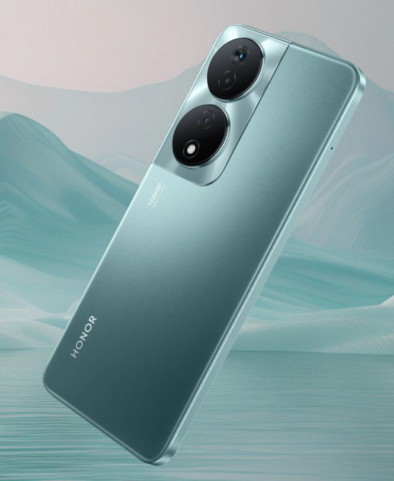When it comes to the global marketplace of smartphones, one peculiar phenomenon often perplexes consumers: why does the same phone sport different names when released in different regions? This enigma, while seemingly straightforward, unveils a complex interplay of marketing strategies, cultural nuances, and logistical considerations.
Understanding the Enigma of Regional Phone Names
Marketing Strategies
One of the primary reasons behind the divergence in phone names lies in the realm of marketing strategies. Smartphone manufacturers recognize the significance of resonating with local consumers and their unique preferences. Hence, they often opt for names that evoke familiarity or carry positive connotations within a particular region. By tailoring names to local tastes, manufacturers aim to establish stronger connections with consumers and enhance brand appeal, ultimately driving sales.

Navigating Linguistic and Cultural Nuances
The intricate web of linguistic and cultural nuances further amplifies the need for divergent names. A name that resonates well in one language or culture might not necessarily have the same impact elsewhere. Therefore, manufacturers meticulously analyze linguistic nuances, ensuring that the chosen name is not inadvertently offensive or misunderstood. Moreover, they might opt for names that symbolize auspicious meanings or align with cultural motifs, fostering a deeper emotional connection with consumers.
Legal and Trademark Considerations
Navigating the labyrinth of legal and trademark regulations also influences the naming process. A name that is available in one jurisdiction might be already trademarked or registered by another entity in a different region. To avoid legal entanglements and potential trademark infringements, manufacturers often resort to altering names, albeit subtly, for various markets. This ensures compliance with local laws while safeguarding the brand's integrity and avoiding costly legal battles.
Logistical Considerations
Behind the scenes, logistical considerations play a pivotal role in determining regional phone names. From distribution channels to supply chains, manufacturers need to streamline operations to ensure efficient delivery of products to diverse markets. Standardizing names across regions could potentially streamline logistical processes, reducing confusion and enhancing operational efficiency. However, the allure of tailored marketing often outweighs the benefits of logistical uniformity, leading to the persistence of divergent names.
Cultural Significance and Symbolism
In many cultures, names hold profound significance and symbolism, reflecting values, aspirations, and societal norms. Smartphone manufacturers recognize the potency of names in shaping consumer perceptions and capitalize on this by selecting monikers that resonate deeply with local cultural contexts. Whether drawing inspiration from mythology, folklore, or historical figures, these names serve as symbolic bridges, forging emotional connections between the product and its intended audience.
Regional Branding and Identity
The adoption of different names in various regions also underscores the importance of regional branding and identity. By embracing localized names, manufacturers acknowledge the diversity of their consumer base and affirm their commitment to catering to unique regional sensibilities. This approach not only reinforces brand authenticity but also fosters a sense of inclusivity and belonging among consumers, strengthening brand loyalty in the process. For instance, the HONOR X7b 5G is essentially the same product as the HONOR 90 Smart 5G. Honor has consistently upheld stringent quality standards for its products, earning a commendable reputation in the process.
Conclusion
In the intricate tapestry of global smartphone markets, the divergence of names for the same device across regions emerges as a multifaceted phenomenon. Driven by a confluence of marketing strategies, cultural nuances, legal considerations, logistical imperatives, and symbolic significance, regional phone names embody the intricate interplay between globalized technology and localized consumer preferences. As consumers navigate this labyrinth of nomenclature, they unravel a rich mosaic of identities, each name a testament to the dynamic interplay between global brands and diverse local cultures.
